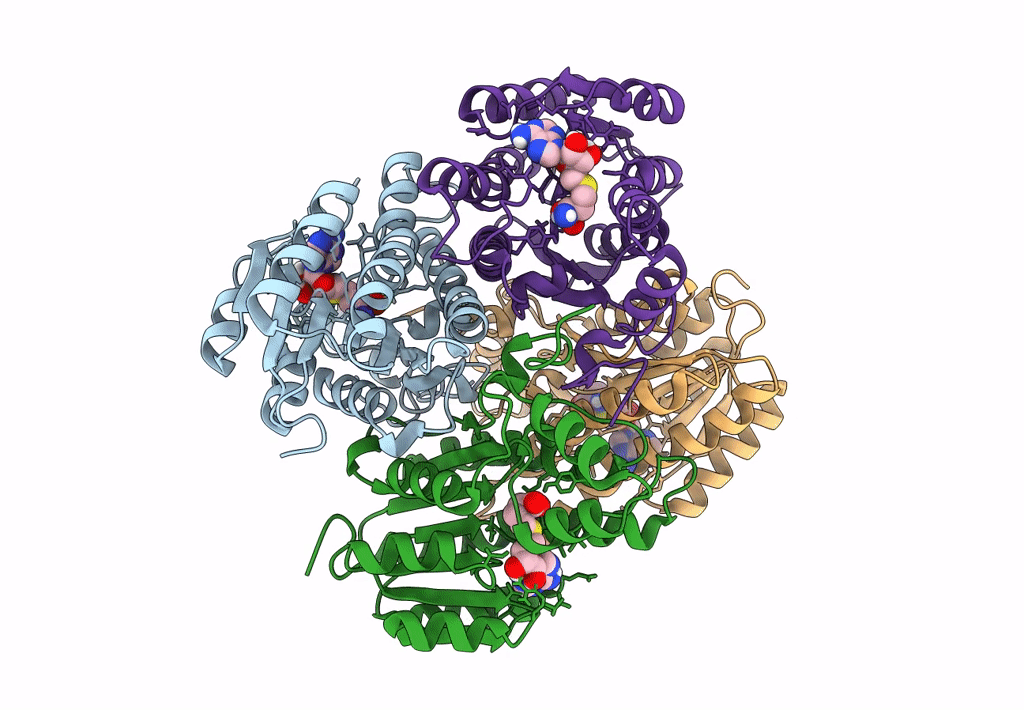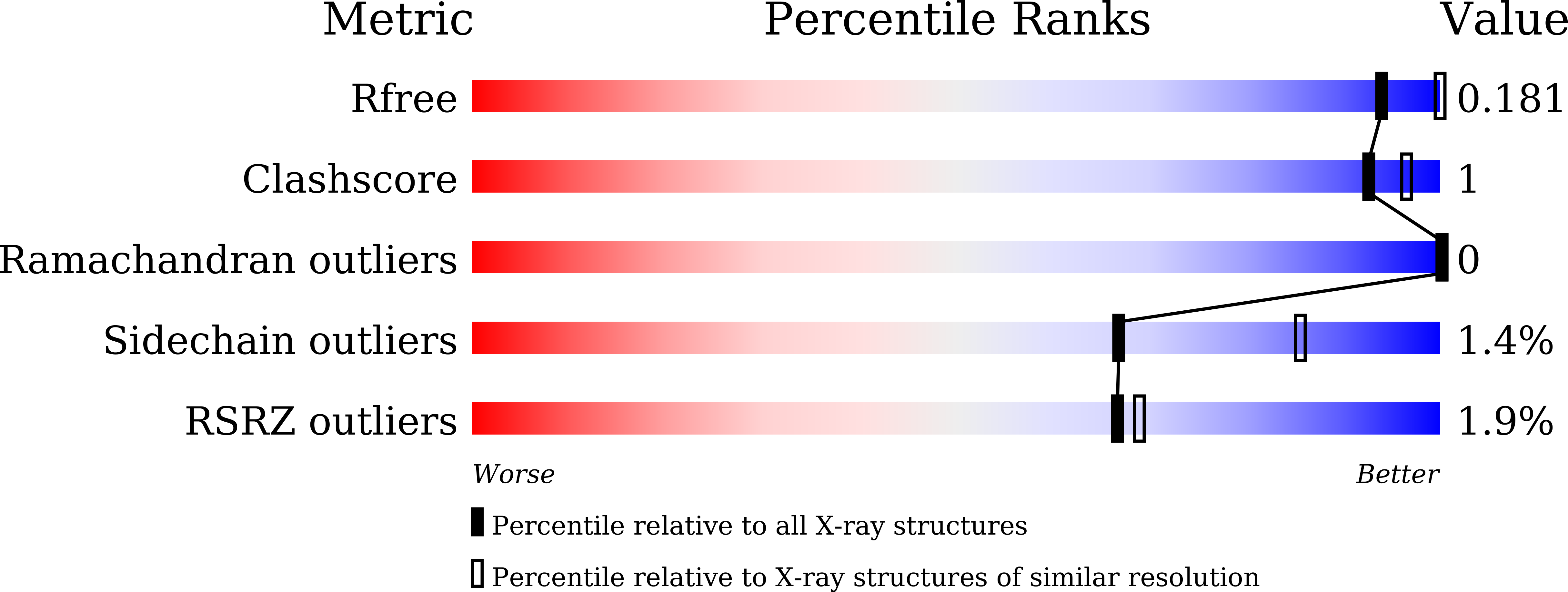
Deposition Date
2022-05-08
Release Date
2022-12-21
Last Version Date
2024-05-29
Entry Detail
PDB ID:
7XQM
Keywords:
Title:
InDel-mutant short chain Dehydrogenase bound to SAH
Biological Source:
Source Organism:
Thermus thermophilus HB27 (Taxon ID: 262724)
Host Organism:
Method Details:
Experimental Method:
Resolution:
2.71 Å
R-Value Free:
0.18
R-Value Work:
0.18
R-Value Observed:
0.18
Space Group:
C 1 2 1


